General information about Etosha NP.
It is one of the largest natural parks in the world, with an area of about 22,270 km² and unique because it is located in a “Salt Pan”, a dry salt lagoon whose surface is covered with carbonates. This is why, etymologically, Etosha means “the great white spot” for the appearance of its surface.
It is one of the best to see the wildlife that lives there, making a car safari throughout the park. The great attraction of the park, then, is the large number of mammals that you can observe, walking its tracks easily passable, especially in dry weather where animals are concentrated around the puddles throughout the park. They say there are about 114 species of mammals, including some curious species such as the black rhino or the black-faced impala. So you can see 4 of the “Big Five”, as there are no buffaloes in the park. Large numbers of birds, reptiles and amphibians can also be seen.
We must also not forget that the landscape, unique in the area, is changing throughout the year and depending on the season you go there and the areas you visit, you will see different ones.
What to consider before visiting Etosha NP?
– Please note the check-in and check-out times at the park. The park varies its time depending on the time and daylight hours. Check it out on their official website here.
– Plan the route and which entry and exit doors you will pass through. There are 4 entrance and exit doors to the park:
+GALTON GATE: is the gate west of the park, about 80 km from Kamanjab. It is the gateway to the Dolomite and Olifantrus fields. It is one of the less crowded gates through which you access a part of Etosha that is rarely visited by tourists.
+ANDERSON GATE: It is the gate that is located to the south of the park and the most used by people visiting the park. It is the most direct gateway if you come from the capital, Windhoek, about 420km. Okaukuejo Field, famous for its ease of animal watching, is just 17km from the gate.
+VON LINDEQUIST GATE: is the gate that is located to the east of the park, and also one of the most used for its proximity to the field of Namutoni which is about 12km from the gate.
+KING NEHALE GATE: it is the gateway to the northeast of the park, and provides alternative access to those coming from the northwestern part of the country.
– Take a look at the road situation and the approximate time that you will take a long time to go through them. Don’t forget that you will probably stop in many places for a while when you find animals. It is important to calculate how long it will take you to make the return trip to the camp where you are staying and whether you have to go through some of the entrance and exit gates to the camp. People who are circulating in the park are fined, beyond closing hours or if you arrive late at one of the camps.
– Plan in advance where you will be staying. There are many hosting options for all budgets. We advise you to book in advance if you want to sleep in the park (about 6 months) especially in summer, as the places are filled very quickly. An economical option, which we did, was to reserve camping places, in different camps inside the park as we were going in a 4×4 car with two tents on the roof. You can book online, which is very easy and you make sure you get it.
– Adapt to the schedule of the hens. At dawn, when the sun rises and sets, it is when the animals are most active and it is easier to see them. Get up early and drive out of the field as early as possible, you may see some nocturnal animals that are still active. You can rest at noon, when it’s hotter, as that’s when it’s harder to see animals. In the evening, after a nap, many animals are back active to go drink water for the last time and the nocturnal animals start coming out again.
– Prepare a menu of what you will eat in advance. There is less restaurant in Olifantrus in all the fields within Etosha. If you want to lower the budget, we bought the food before entering the park (watch out but with food forbidden to enter) and we prepared the food with the stove we carry the car, often the night before and stored later for lunch. and tuppers. There are enabled areas within the park, apart from the camps, where you can eat inside and rest a bit. Also, there are shops in the camps, where you can buy staple food and firewood, as well as small gas stations (although gasoline is much more expensive).
– Drive slowly. The speed limit is 30km / h inside the park. Many times, however, you take the opportunity to drive slower, so it is easier to see animals and notice where they may be without scaring them with the noise of the car. When you get to a raft, shut down the engine, and enjoy the fantastic spectacle in front of you!
– Follow the park rules. Within the park, apart from the speed limit, there are several important rules to know before entering:
+ Do not get out of the car under any circumstances if it is not in a designated area. Close the car when you are walking inside the park with the windows closed if you are near an animal.
+ Notify your arrival at the camp or check out in at the appropriate gate, so they will know that you have not lost or had a last minute breakdown.
+ Do not buy raw meat, fish or eggs before entering the park, as entry is prohibited. Similarly, if you shop inside the park, you can’t go out with it in the park, cook it first and store it in a tupperware.
– Talk to the girls and boys at the front desk of the field where you will be staying. It will be a way to meet people from the country, but at the same time you will discover that they know the area very well and what animals have been seen and where. In many camps there is usually a blackboard with the sightings, the day and the place where they were seen. You can try your luck, see if you see any lions or rhinos!
When to visit this natural park? What to bring?
Etosha can be visited and is accessible all year round, however, the best time to visit Etosha is in the dry season which runs from May / June to October. During this time, there is still some rain that has fallen and is kept inside the ponds or waterholes, and the animals are concentrated in these areas. So it’s easier to see them. Don’t forget that as it is the best time, it is also the most visited. Book accommodation in advance, especially during these months. We, despite booking four months in advance, were unable to stay at Halali Camp because everything was already full.
When packing, it is also important to bring:
- Binoculars for seeing animals from afar.
- A hat and sunglasses.
- A good map of the park or area. We always worked with the MAPS.ME application but for the park, we also bought a special book of the park, which shows a map with distances and km, names and photos of animals that you can find with a small information of each of them. Otherwise you can print downloadable park maps on their website by clicking here.
- Bring enough water for the whole day safari. You can also bring something to snack between hours. There are special picnic areas to eat inside the park.
- A good mosquito repellent and long protective clothing for nights or evenings.
- Sun cream and lip protector.
- Clothes are best made in light and bright colors. Preferably it should be khaki, dark green or brown. It should also be comfortable clothing that allows you to sit for many hours inside the car and at the same time, breathable. Remember that at sunrise and sunset, it starts to get cooler, take some warm clothes with you.
- A good camera with the right lenses. Also remember the battery and the adaptable charger so you can charge them in the car while driving.
How to get there?
The main access roads to Etosha are the Anderson Gate to Okaukuejo and the Von Lindequist Gate to Namutoni. If you come from too far northwest, you may enter through the Galton Gate.
Permits, reservations and prices
Going on a safari to Etosha is really cheap. It is one of the parks where you can do a safari with good value for money, as per day you only have to pay 80 NAD (about 5 euros) price for the tourist and a circulation fee for your car if you want to drive it within 10 NAD per day. These permits are paid at the cabin next to the front door you decide to pass. There you will need to fill out a form with your personal and vehicle details and pay the price for the days you plan to be there. They may check if you bring any food that is not allowed, please note this before entering the park.
Where to sleep in Etosha NP?
There are 4 base camps in Etosha Park managed by NWR and each has its own facilities and services that need to be considered when planning the route. You can book these camps by clicking here. These are:
OKAUKUEJO CAMP: This is the camp near the entrance to Galton Gate. It is the largest camp of all and the one that is usually most visited by tourists coming straight from Windhoek. It has a restaurant, shop, swimming pool and a small gas station. It has a wide range of accommodation: you can camp there (416 NAD / 2021) or you can book double rooms, chalets and luxury homes. It has a “Waterhole” near the camp where you can always see animals drinking water, especially at dawn and dusk.
HALALI CAMP: is a camp located between Okaukuejo and Namutoni. It has a restaurant, shop, swimming pool and a small gas station. It has a wide range of accommodation: you can camp there or you can book double rooms and chalets. In its waterhole, you can see rhinos, elephants and some cheetahs. They say it is better than the one in Okaukuejo, we could not stay there because despite booking it 4 months before, this camp was already full. The camp has more shade than before. The price of camping is 416 NAD / person, in 2021.
NAMUTONI CAMP: is the other famous camp and close to the other busiest gate: the Von Lindequist Gate. It is a fort built in 1905 of German origin. It offers camping places, double rooms and chalets. There is a swimming pool, shop, restaurants and a small petrol station. The waterhole it has is also well worth it.
OLIFANTRUS CAMP: It is the newest camp built in the park, located in the western part of the park, the least visited. It only has camping places with a toilet area and a shop with drinks and snacks. It has a beautiful viewpoint overlooking the waterhole, frequented by many elephants and herds of impalas, oryx, etc.
OTHERS: DOLOMITE CAMP and ONKOSHI CAMP: They are two luxury and eco-friendly camps, where there is usually full board. They are more expensive than the previous ones.
Here’s a picture of the distances between camps, so you can better plan your route:
What was our route?
3-day planning crossing the park:
DAY 1: Our route consisted of entering through the west gate of the park, Galton Gate, visiting the entire western area, passing by the Jakkalswater, Duikerdrink and Okawao waterholes. Later we arrived at the Olifantrus camp where we stopped and stretched our legs a bit. This camp consists of a viewpoint where you can see the waterhole of the same name, Olifantsrus, which is very beautiful.
Afterwards, we headed to Okaukuejo where we spent the night, stopping at different ponds along the way. Once at night, visit the camp pond, it’s well worth it! We were able to watch a festival of animals coming and going!
DAY 2: We made the journey from Okaukuejo to Namutoni, stopping at Halali (where we couldn’t find a place when we booked). During this journey, we stopped at major waterholes such as Okondeka, Nebrowni, Goas, Moringa Rietfontein and Kalkheuwel. We slept in a Namutoni campground, also enjoying the fantastic waterhole at night and the animals that were there.

DAY 3: We got up very early and visited the waterholes near Namutoni: Klein Namutoni, Chudob, Koinachas. We crossed the Fischer’s Pan and headed north through the park, exiting through the King Nehale Gate.
We believe that Etosha Natural Park is a good park for beginners on safaris where many animals can be seen easily. At the same time, it is very well priced and easy to drive inside the park. If you haven’t gone on any safari, and want to try making one for yourself, start with Etosha, it’s a great option! It is also a good option for families with children, as it allows you to make stops very often and you can choose fairly short car route itineraries that are not made heavy by children.

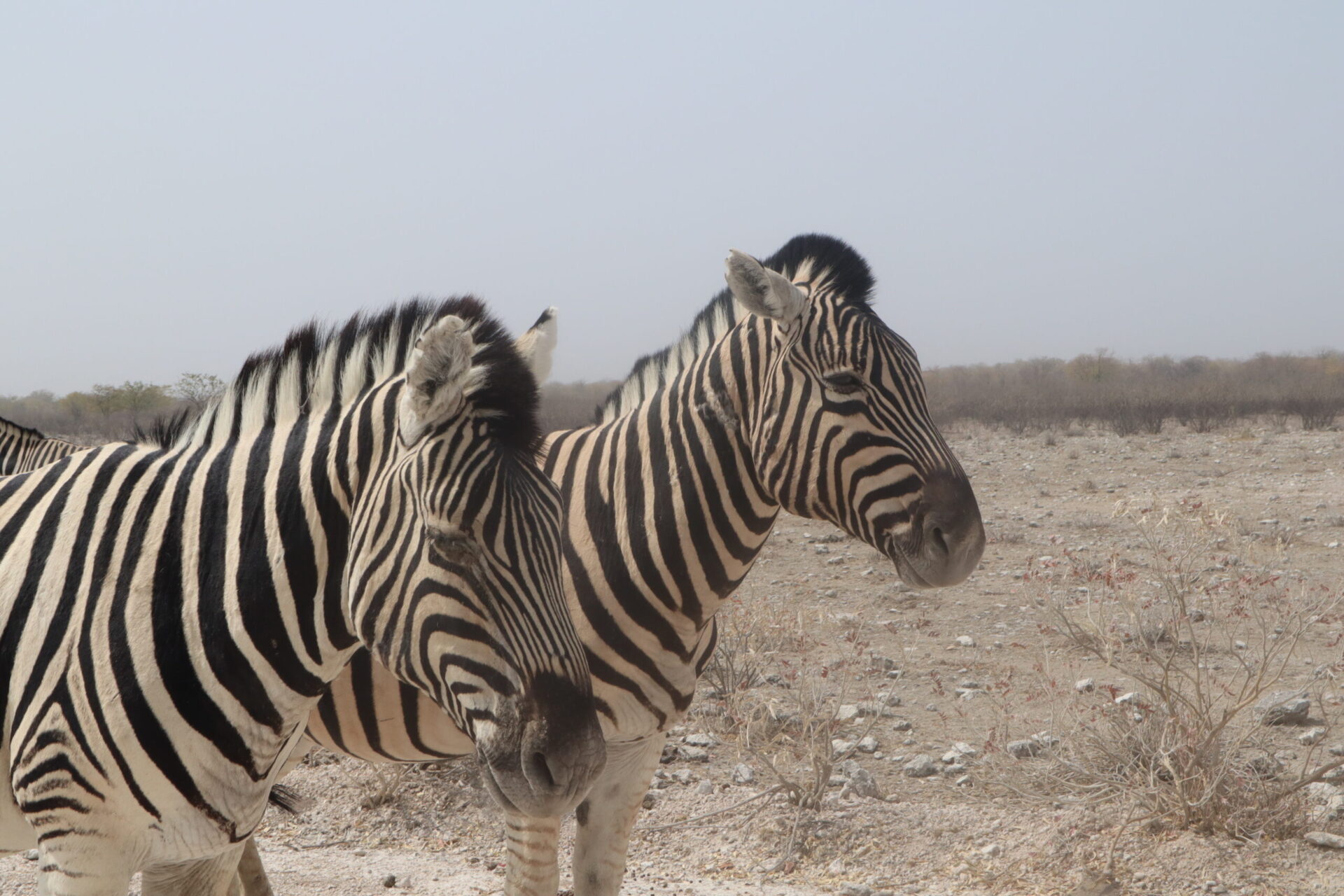

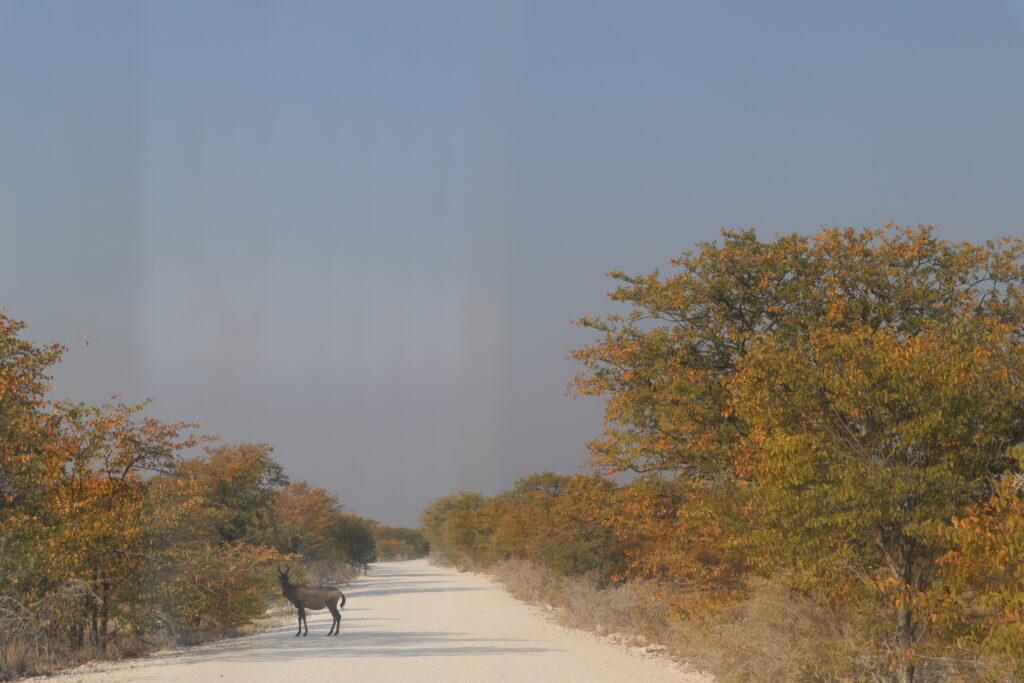
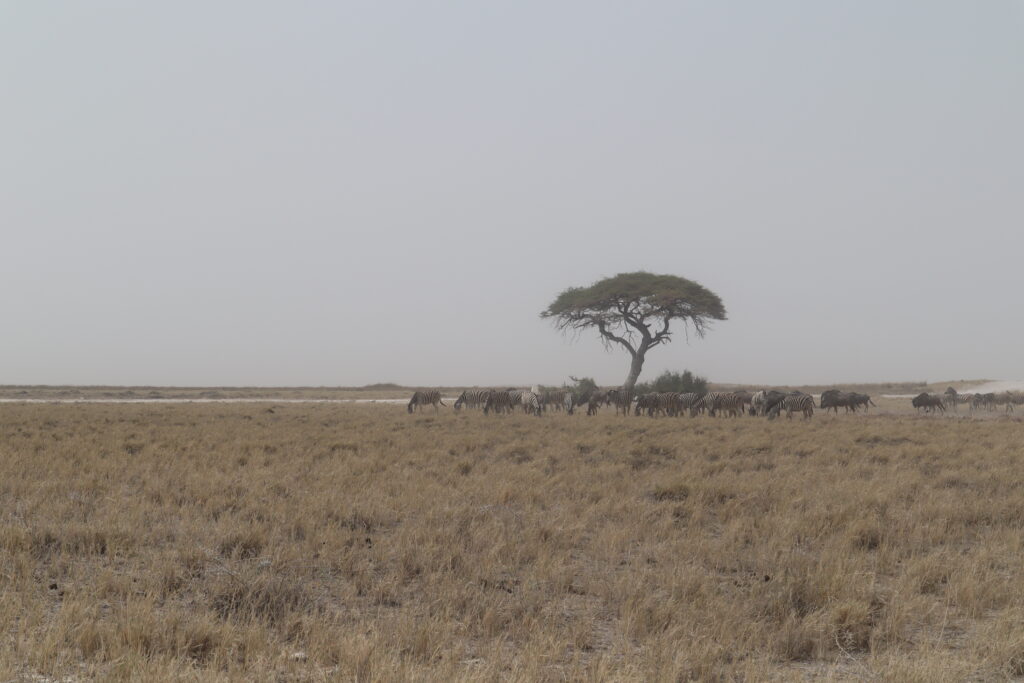
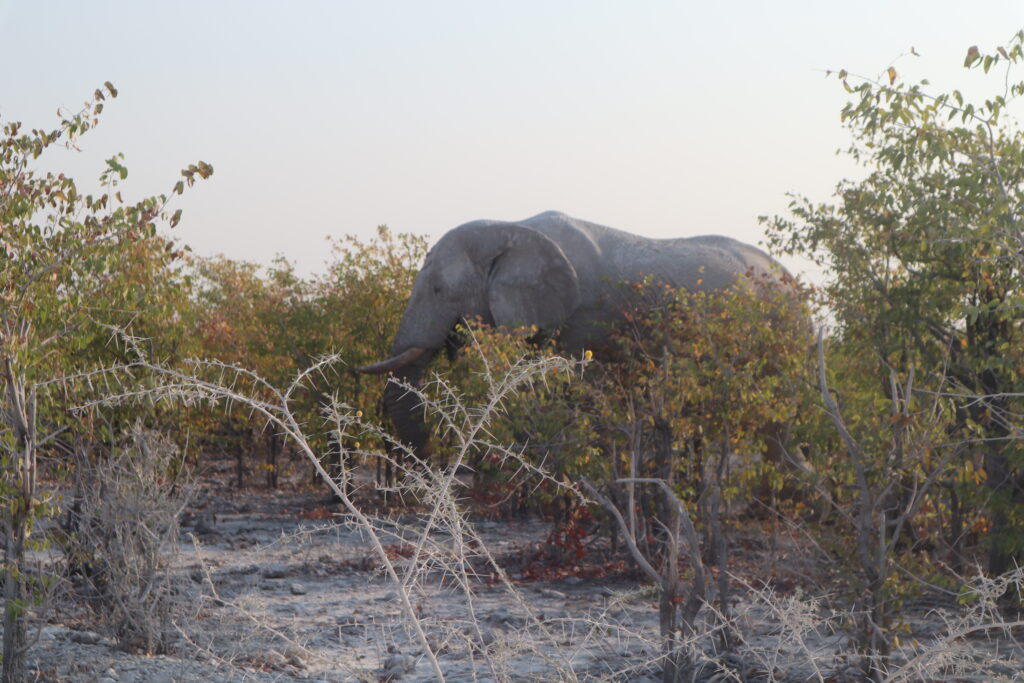
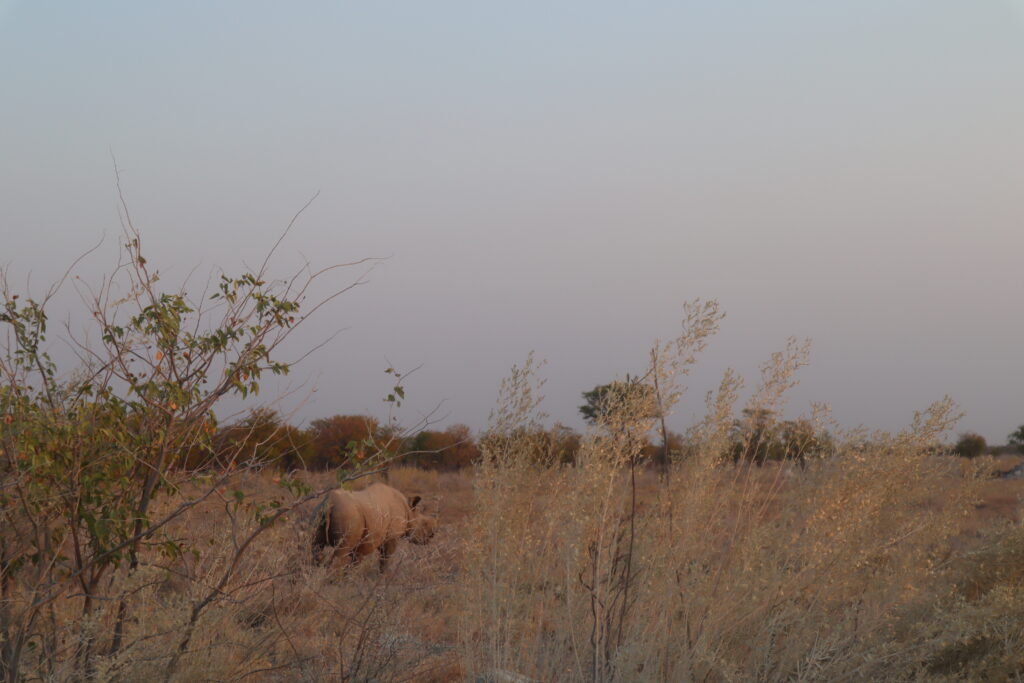

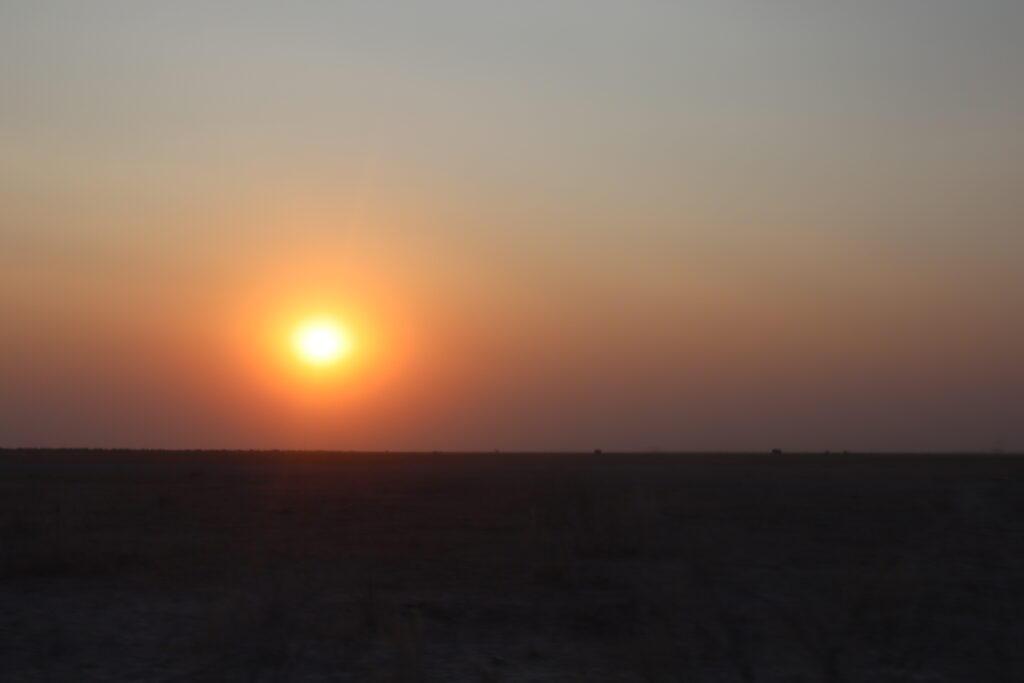
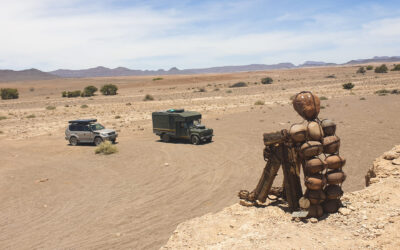

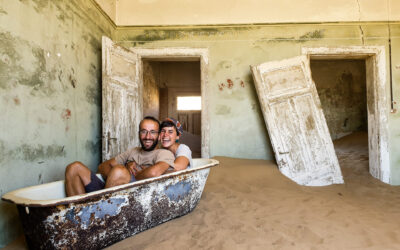
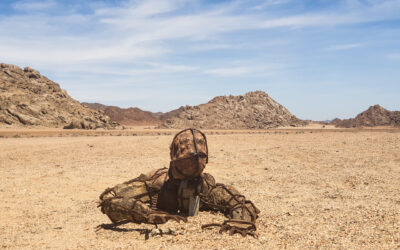
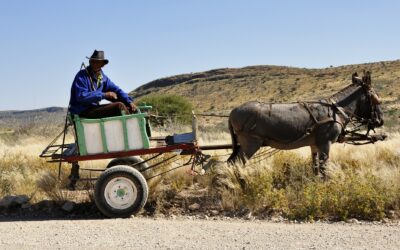
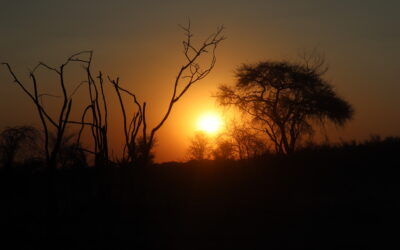
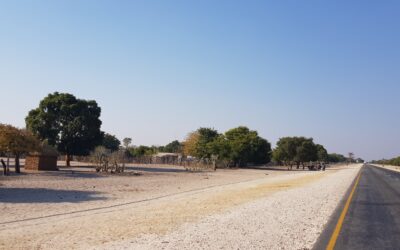

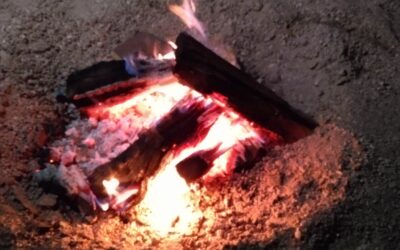
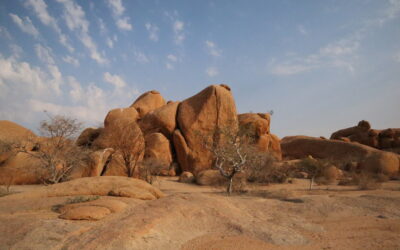
0 Comments